Last week, we dispelled some of the biggest vending myths, including the belief that vending machines are typically full of unhealthy food and drink.
In reality, these machines sit at the heart of the workplace food and drink market, giving millions of consumers access to new and exciting products every single year, including for specific diets and the health conscious.
In this article we’re taking a look at how workplace food and drink offerings have evolved in recent years and consider how vending solutions now play a key role in supporting employees in the UK’s workplaces.

The nation’s workforce is powered by tea, or is it?!
It’s been a vital part of British working life for hundreds of years, and despite the rise of the coffee drinkers, it’s still the beverage that is powering thousands of businesses across the country. In 2017, 56% of workers said that tea was their favourite drink, with coffee favourite for just 38% of workers. In the same survey, conducted by BusinessAdvice.co.uk, the average desk-based worker spends more than 141 hours per year on tea breaks. It’s safe to say that Brits like a cuppa.
From the mid-1700s to the early 1800s, industrialists, landowners and clerics tried to stop workers from taking tea breaks as they were concerned about tea drinking workers becoming slothful and unproductive. Funnily enough, in our recent piece on the history of coffee in the UK, a similar attack was made on coffee drinkers during the same period, with both claims about consumption leading to low productivity being subsequently dismissed.
Workplaces in 2022 offer employees more range than they’ve ever had before – hot drinks machines are now capable of producing teas, hot coffee, cold brew coffee and can utilise fresh milk and non-dairy milk alternatives using dual milk systems. The flexibility offered by modern office coffee machines is truly unmatched by previous generations, and their capabilities are only expected to get more extensive in years to come.
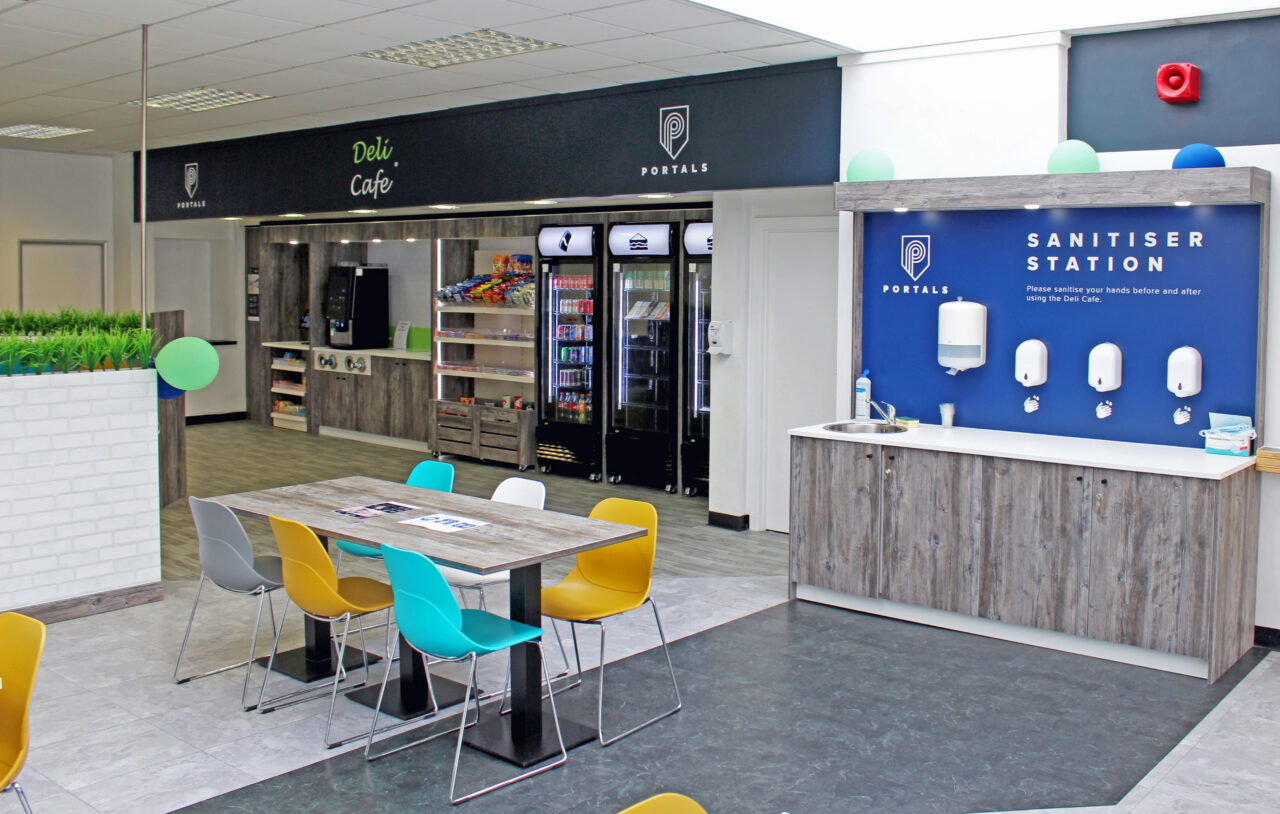
Canteens make way for unattended retail spaces
In 1939, the world was edging towards World War 2, and with it, the near collapse of the UK’s import-dependent food supply. Wartime rationing meant that the lunchtime regime for British workers needed to drastically evolve. This led to the creation of more workplace canteen spaces, as businesses attempted to find a way to keep their workforce healthy and productive, whilst working within the confines of limited food supply and ingredients.
This move was heavily endorsed by the government at the time, who believed work canteens also helped provide social spaces that would distract workers momentarily from the poor working conditions they found themselves in. Canteens also fell outside of conventional rationing rules, meaning canteens could offer more than workers could often get themselves at home.
Canteens were the primary lunchtime meeting place in workplaces until the 1980s, at which point snack vending and water coolers burst onto the scene, changing the consumption habits by providing easily accessible, on-demand food and drink in the workplace.
With cost pressures rising on businesses during the 2010s and technology enabling more remote work, canteen spaces have had to evolve from a rigid catering setup to a more flexible unattended retail system – often closing entirely to be replaced by vending, or being repurposed as micro market environments.
These solutions ensure staff can still access high quality products, but with the benefit of being available 24 hours a day, which is particularly useful for workplaces with shift patterns, as well as being self-serve and more digitally enabled with smart machines and till terminals.
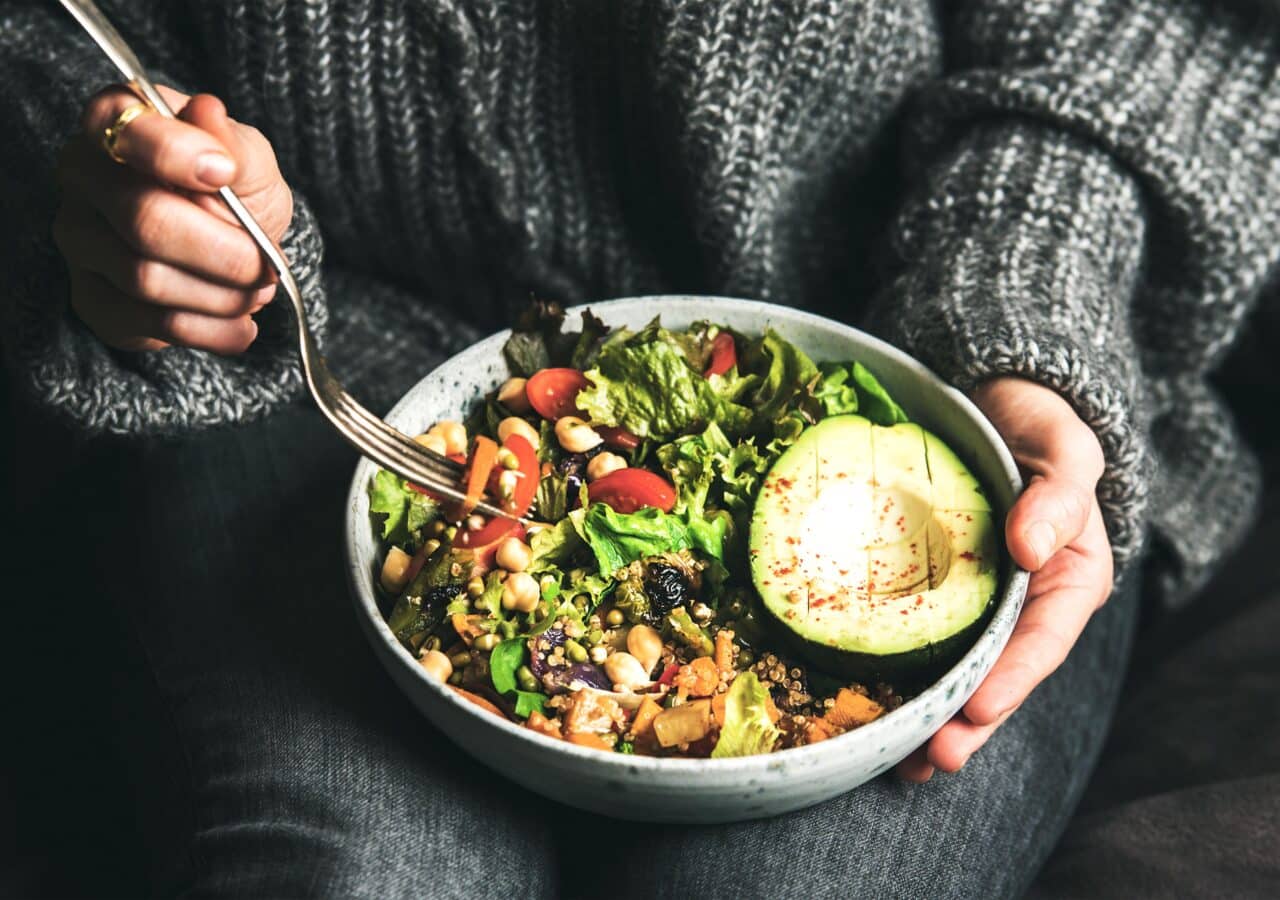
Ditch the meat, veganism and vegetarianism are here to stay
Arguably the biggest change in food and drink in the workplace in recent years has been the rise of the meat-free, dairy-free, and gluten-free lunch and snack options. Driven by a new generation of consumers who place greater importance on their food being ethically sourced, vegan and vegetarian meals are growing in popularity, with an estimated 3% of Brits describing themselves as vegan and 10% of the population considering themselves to be vegetarian.
Greater demand for vegan and vegetarian food has also been stimulated by better quality food and drink, which has often been touted as one of the main reasons that more Britons have not moved to these regimes. With mainstream chefs, leading restaurants and supermarkets all working to introduce great tasting non-meat alternatives, these products are now tastier than ever.
This change has also led to more confidence from retailers and consumers alike, with dairy-free and gluten-free food and drink also on the rise. The barriers to change have slowly been lowering as the popularity of these new types of food increases, and the commercial value that they bring to retailers becomes clearer.
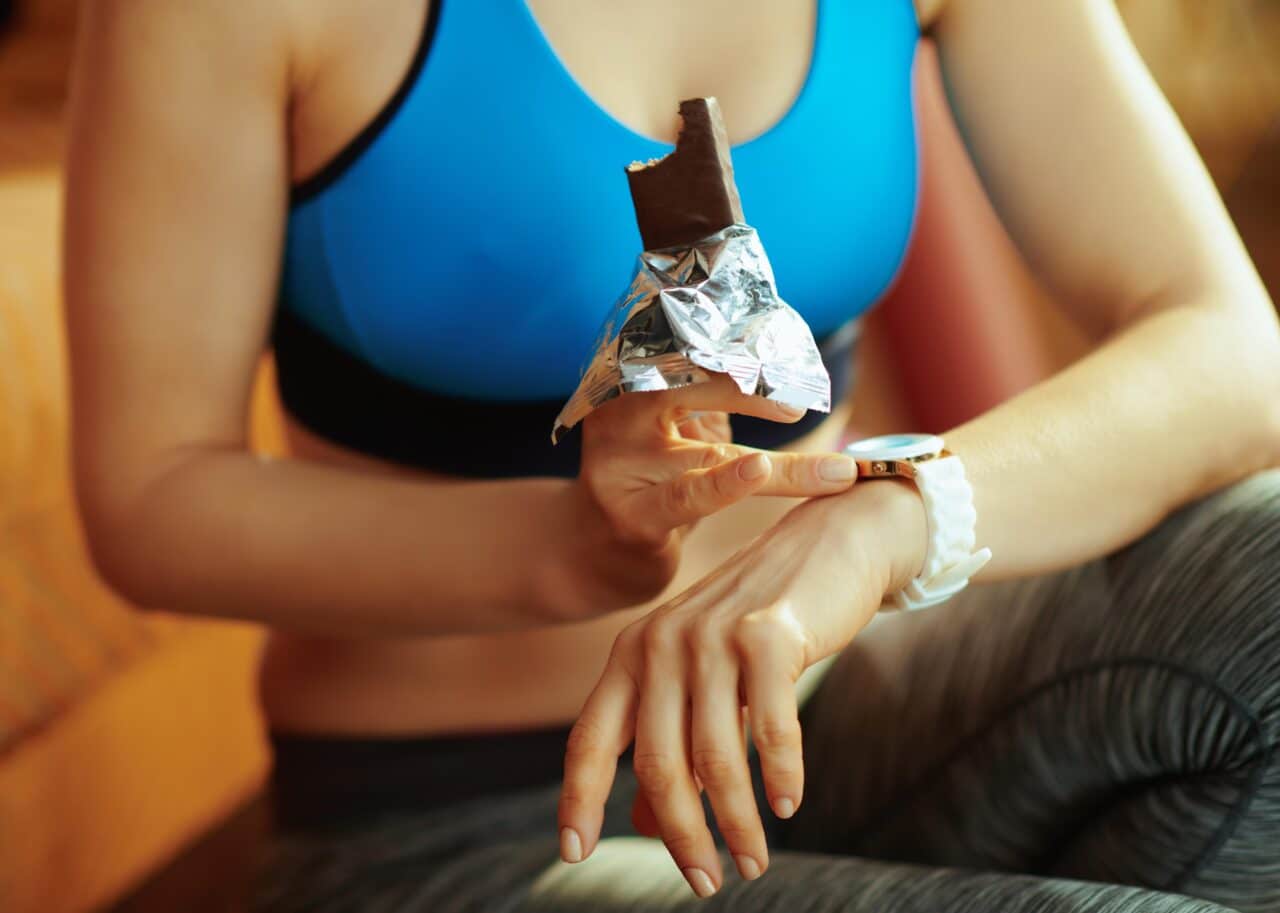
Protein bars and energy drinks
In the 1980s, the first incarnation of the protein bar was introduced to the US market. Twenty-five years later, the global market for protein bars is estimated to be more than £4bn in size, and is estimated to grow even further, to £5.2bn by 2027.
If you have a membership at your local gym or visit a leisure centre regularly, the odds are that you’ve seen protein bar products from brands such as Grenade, MyProtein or Tribe in a snack vending machine. These are great locations for highly targeted food and drink offerings, with a protein bar and bottle of water now a core part of many seasoned gym-goers routines.
You’ve also likely seen a cold drink vending machine in your workplace or out in a public area, full of different types of energy drink, from Red Bull and Relentless to Monster and C4. Similar to protein bars and supplements, the rise of energy drinks has been dramatic during the last 25 years, with the high caffeine, high sugar beverages being particularly popular with sportspeople and those working hard, long hours without access to complete meals.
Having a snack vending machine or cold drinks vending machine containing these items as part of a well-balanced mix of products, provides staff in any workplace with the variety to choose something that works for them.
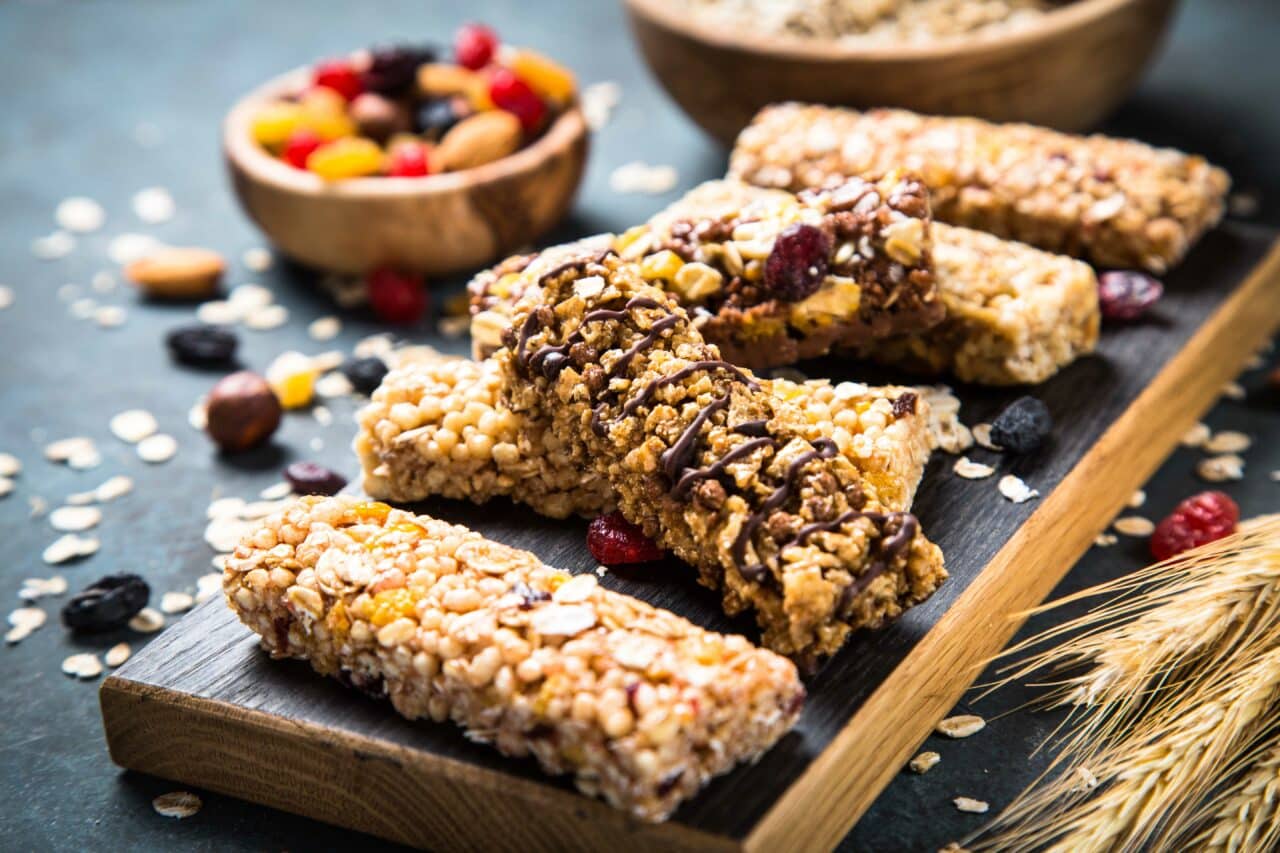
Low calorie, low sugar food and drink
Even before 2018’s soft drinks levy, which forced drinks manufacturers to reduce the sugar content of their products or face extra tax, a distinct shift in drinking habits was already well underway. Various low sugar drinks have entered the UK market, including Coke Zero, Pepsi Max, and the short-lived Coke Life. These drinks were introduced to meet the demands of consumers for a tasty but less unhealthy version of their favourite drinks, with rising obesity rates of concern for many.
The European Union’s traffic light system for measuring core elements of a food’s nutritional value, has also had a substantial impact on how consumers perceive the quality of food products. The simple to understand labelling has been implemented in the UK since 2013 and has been instrumental in driving down sugar, saturated fat and salt levels in food items, as consumers can now see at a glance the exact amounts they contain.
We have also seen a rise in niche low calorie, low fat and low sugar snacks and confectionery, for those consumers who are dieting or wanting to reduce their calorie intake whilst at work. Having a healthy vending machine full of these is a great way to offer nutritious and wholesome products for your health aware team.
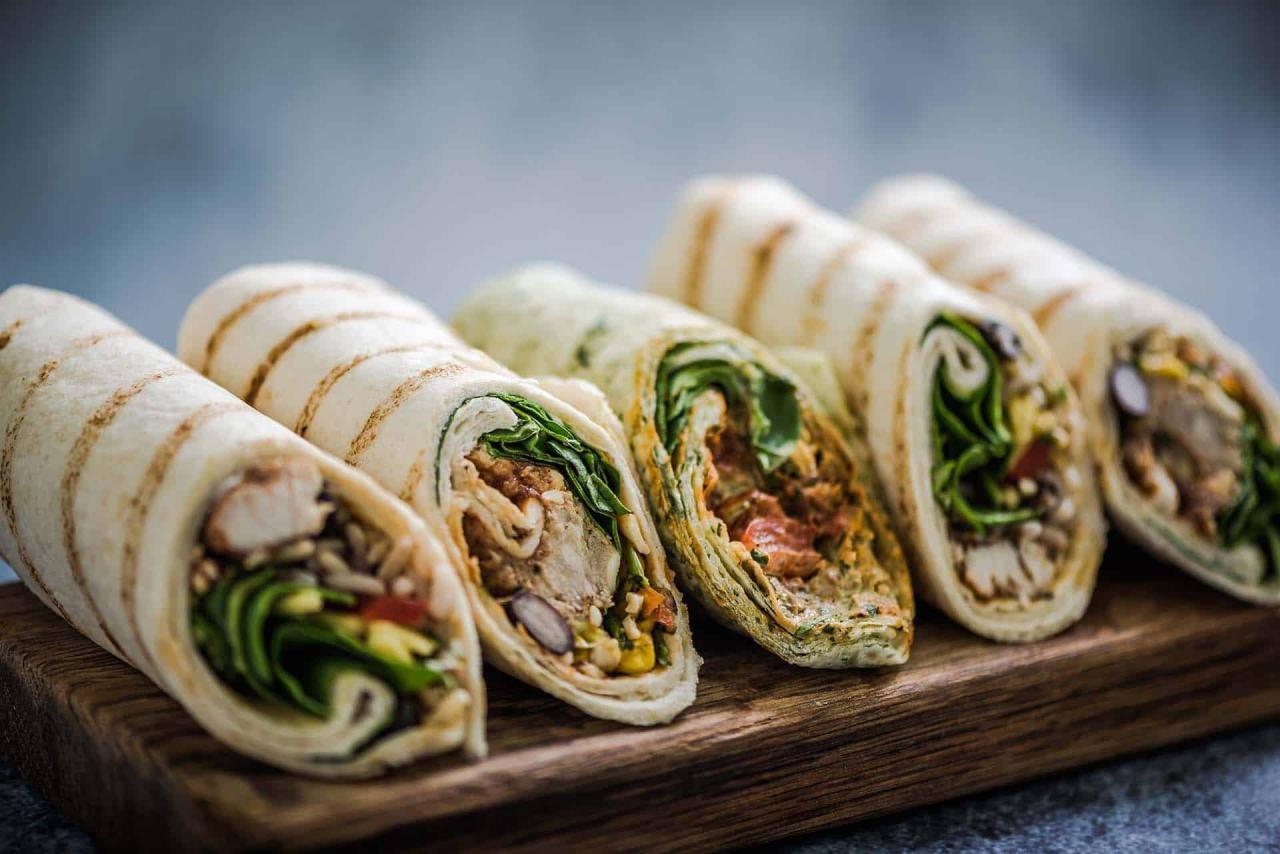
High quality fresh food vending
Thinking about food from vending machines might give you flashbacks to films and vending machines full of stale egg and cress sandwiches, but the reality of fresh food vending is now very different.
Advances in refrigerated supply chains and packaging mean that your workplace vending machine can now contain an extensive range of wraps, sandwiches, paninis, breakfast baps and fresh salads, and they’re just as fresh as you’d get in your local supermarket. There’s no compromise on quality either, with high quality wholegrain breads, British farmed meats and fresh vegetable ingredients as standard.
An unattractive and often unfeasible solution just ten years ago, these fresh food items and the fresh food vending machines (often smart fridges) that are now available in the vending space are making these wholesome meals a reality for workplaces up and down the country.
If you’re curious about how workplace food and drink trends are affecting businesses around the country, drop us a line. Our expert team of vending professionals are here to help you navigate the changing world of food and beverage, and keep your employees healthy and happy. Call us on 01865 341011 or contact us.

